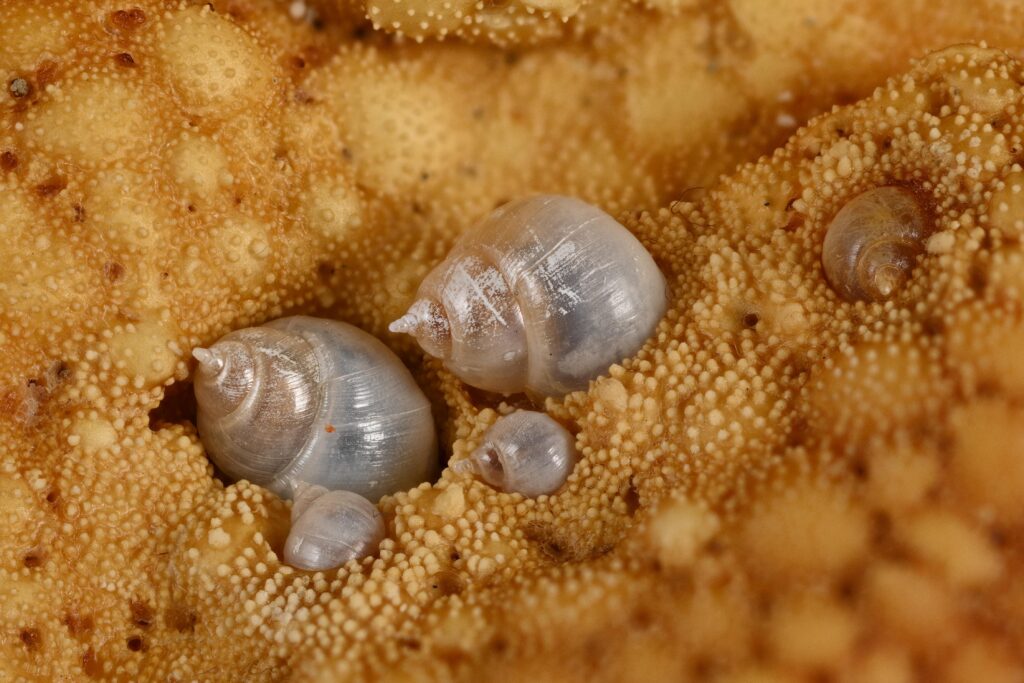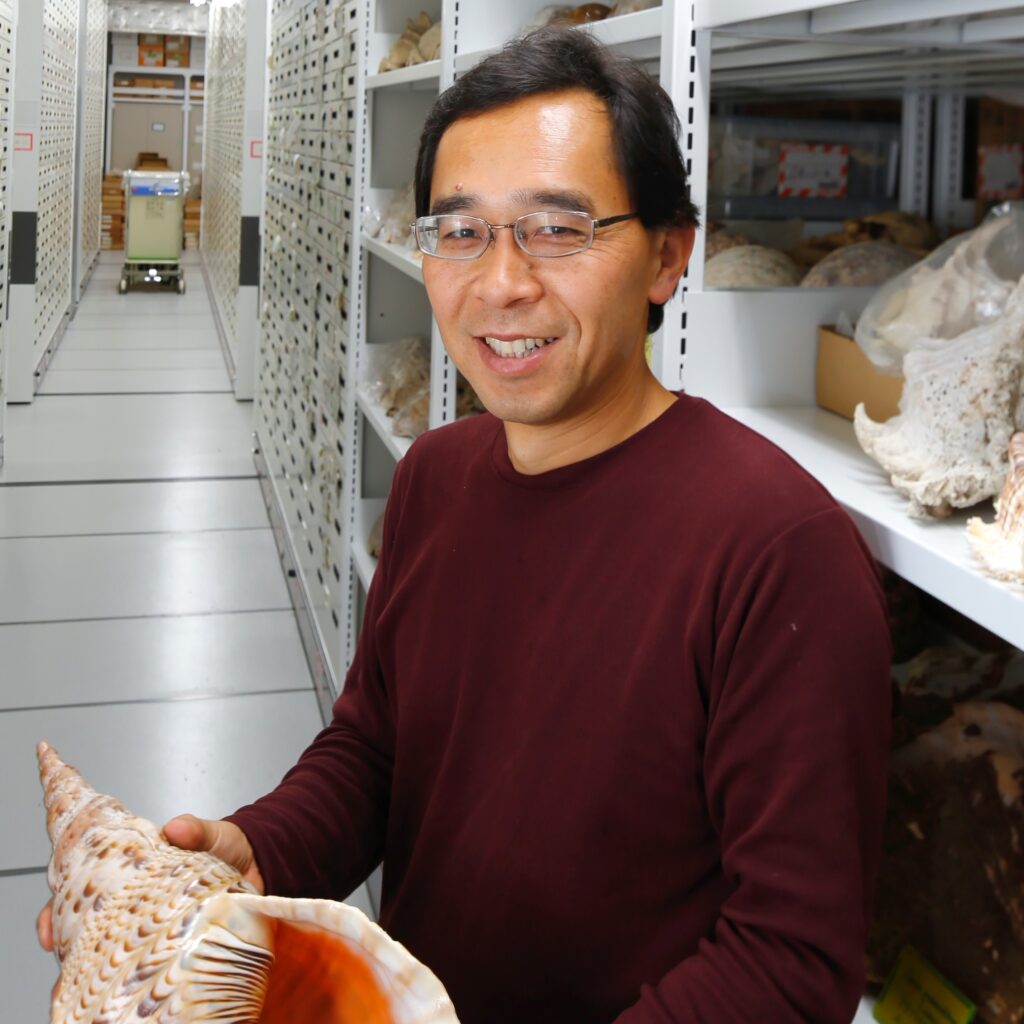From November 26, 2024, to March 2, 2025, the National Museum of Nature and Science will host a special exhibition, The Shellfish Exhibition: Why Are Humans Fascinated by Shells? This event will explore the evolution, diversity, and the long-standing relationship between humans and shellfish, providing an opportunity to reflect on the importance of living in harmony with nature.

The Historical Connection Between Shellfish and Humanity
Shellfish, a type of mollusk with over 100,000 species worldwide, exhibit remarkable diversity in form, ecology, and habitat. The exhibition The Shellfish Exhibition: Why Are Humans Fascinated by Shells? is divided into four parts, from the prologue to Chapter 4, offering an in-depth exploration of these intriguing and mysterious creatures.
The prologue introduces the evolutionary journey of shellfish, showcasing their extraordinary shapes and sizes. Chapter 1 delves into the biological aspects of their diversity, examining their evolutionary adaptations and environmental niches. Some species have even evolved to lose their shells, a phenomenon that highlights the intricacies of their evolution.
Chapter 2 focuses on the long history between humans and shellfish. From their roles as food and tools in prehistoric times to their cultural and decorative significance in modern society, the influence of shellfish on humanity is detailed. Chapter 3 revisits the appeal of shellfish from the perspective of enthusiasts. Their ease of preservation makes them popular as collectibles, with contributions to taxonomic research and regional biodiversity studies being particularly noteworthy.
Finally, Chapter 4 turns to the challenges shellfish face in a changing environment and their uncertain future. Discussions emphasize the importance of conserving these creatures amid global climate change and human activities, advocating for sustainable coexistence.

Comments from Exhibition Supervisors
The exhibition supervisors share their insights on the profound allure of shellfish. Their remarks reveal both scientific curiosity and a deep appreciation for the unique beauty and mysteries of these creatures.
Kazuhiro Hasegawa of the Department of Zoology recalls the significant presence shellfish have had in his life since childhood. “Shells are the result of evolutionary adaptation, yet why they captivate the human heart so deeply remains a mystery. This exhibition aims to uncover that answer,” he remarks, emphasizing his unending pursuit of understanding their appeal. He also highlights the indescribable joy of holding a shell in one’s palm, likening it to a unique form of happiness.
Takuma Haga from the Department of Geology finds himself drawn to the diversity of shell shapes. “Even after 38 years of studying shellfish, I still can’t pinpoint what fascinates me about them. The unique forms of species like Chishima snails and Izike snails seem to hold answers yet to be discovered,” he shares, underlining the instinctive allure of these creatures.
Wataru Morita of the Department of Anthropology examines the relationship between shellfish and humanity through the lens of Jomon-era culture. “Shell mounds in Japan’s acidic soils have preserved ancient human bones, offering glimpses into the lives of our ancestors. The fact that Jomon people were buried surrounded by shells suggests a profound cultural connection with them,” he explains.
Hiroshi Saito from the Department of Zoology treasures memories of everyday encounters with shells. “I vividly recall wind-worn turban shells and abalone placed on a neighbor’s shelf. Their simple, faded forms captivated me as a child. I believe the shape of shells is their most captivating feature,” he reflects, emphasizing the subtle yet powerful charm of these common objects.
Finally, Yasunari Shigeta of the Department of Geology speaks of ammonite fossils unearthed from strata. “Finding the spiraled beauty of ammonites feels like opening a time capsule. Some even shimmer with iridescence, holding memories from the distant past,” he says, sharing the thrill of discovery.
These comments reveal that shellfish transcend their status as research subjects, leaving a profound impression on those who encounter them. The exhibition offers visitors a chance to delve into the intricate and enchanting world of shellfish through the perspectives of these experts.

Event Details:
Exhibition: The Shellfish Exhibition: Why Are Humans Fascinated by Shells?
Location: National Museum of Nature and Science (Ueno Park, Tokyo)
First Floor, Japan Pavilion Exhibition Room and Central Hall
Dates: November 26, 2024, to March 2, 2025
Hours: 9:00 AM to 5:00 PM (Last entry 30 minutes before closing)
Closed: Mondays (or Tuesday if Monday is a holiday), December 28 to January 1
Note: Open on December 23 (Monday) and February 17 (Monday).
Admission: Adults/University Students: ¥630 (Groups of 20+: ¥510), High School Students and Below/65+: Free
Admission is included in the regular exhibition ticket. Please visit the museum website for details: kahaku.go.jp
Organizer: National Museum of Nature and Science
Cooperators: Various institutions, including the Tokyo University Museum, Toba Sea-Folk Museum, and Meguro Parasitological Museum.
